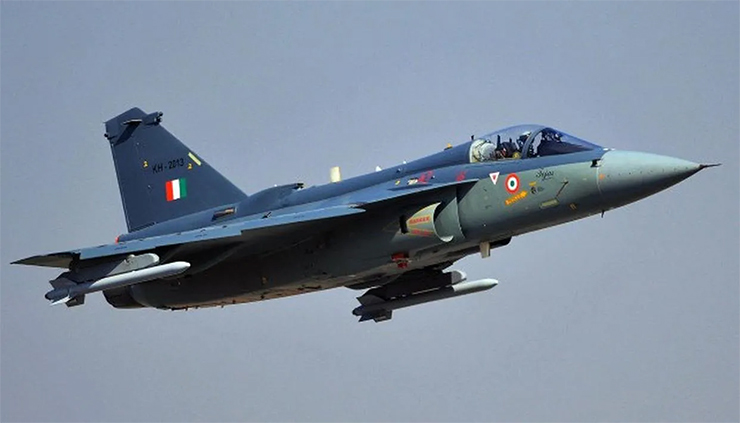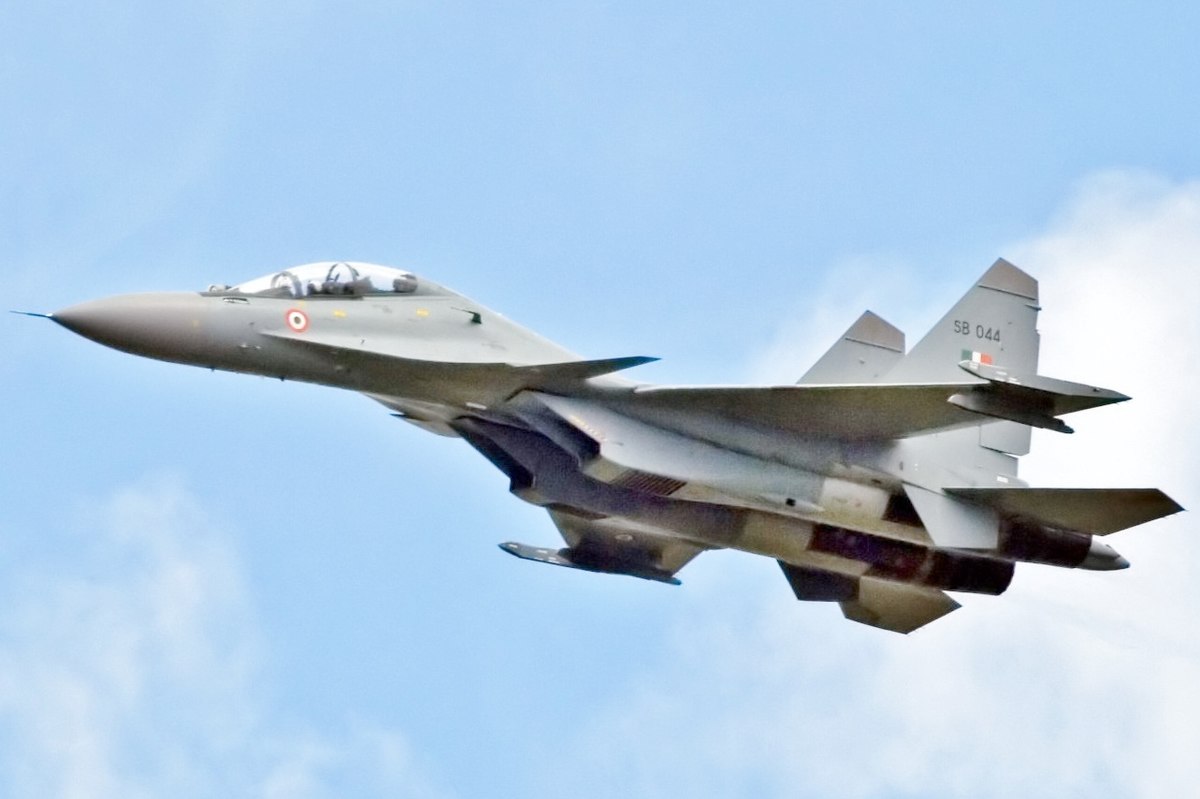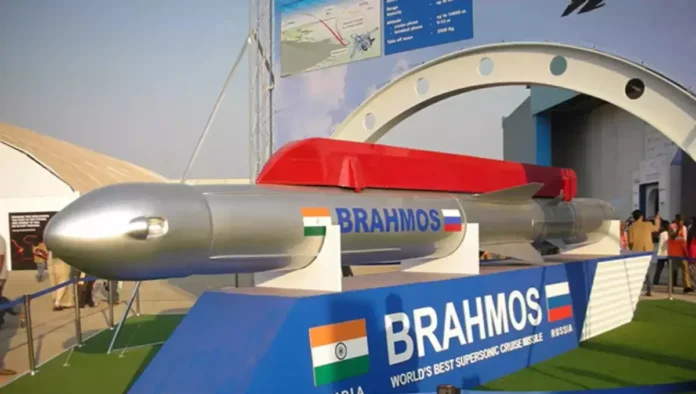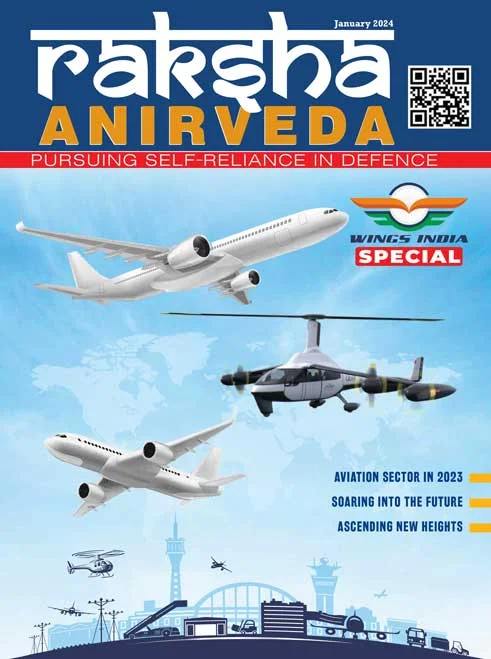NEW DELHI. BrahMos, the world’s most versatile supersonic cruise missile system, generated a huge interest from all over the world during Aero India 2019 that concluded in Bengaluru on Sunday. The BrahMos Aerospace showcased the land, sea, sub-sea and air-launched variants of BrahMos at the air show.
BrahMos has established itself as a major force multiplier in modern-day complex battlefields with its impeccable land-attack, anti-ship capabilities with multi-role and multi-platform abilities.
A joint venture between DRDO of India and NPOM of Russia, the BrahMos missile is named after two rivers, the Brahmaputra and the Moskva. It has a range of 300 km and it travels at the speeds of Mach 2.8 to 3.0.
EXPORT POTENTIAL
The highlight at Aero India 2019 was the LCA Tejas fitted with two dummy BrahMos NG missiles under its wings. BrahMos NG (new generation) is the new futuristic smaller, smarter, sleeker and stealthier version of the existing BrahMos. The new weapon promises to arm a wider number of modern military platforms, including India’s indigenously developed LCA Tejas fighter aircraft.
Due to its shorter dimensions, BrahMos NG has promising export potential as it is compatible with most platforms available with the armed forces. This new system opens new possibilities in terms of different platform options that were not considered earlier due to the weight and size limitations.

According to sources, looking at the interest shown by the Latin American countries, this new version can be a good choice for their services. The Chilean armed forces, with whom the Brahmos Aerospace is already registered, are willing to purchase the missile and there have been discussions between the two sides. There has been a lot of interest for the ship and shore-based platforms. With its reduced size, BrahMos NG can be accommodated in a number of sea and air platforms. The countries in the South American region have been sending queries regarding this missile that has been produced at a budget of $300 million.
The first test flight of BrahMos NG will be carried out in the next two to three years, and the weapon is expected to join active service in about four years. Praveen Pathak of the BrahMos Aerospace said that BrahMos NG will be capable of hitting targets at a distance of 300 km, the same range as the cruise missile currently in service with the Indian defence forces. But, it will be considerably lighter at 1.5 tonnes while the current version weighs 2.5 tonnes. The missile will fly at a speed of 3.5 Mach (almost 4,300 kilometres per hour) instead of the current 2.8 Mach.
INVINCIBLE CAPABILITY
The advanced BrahMos air-launched cruise missile (ALCM), which underwent its maiden successful flight test from the Indian Air Force’s Su-30MKI strike fighter, was among the prominent attractions at the air show. BrahMos ALCM, a modified variant of the original BrahMos configuration, has emerged as a powerful weapon in terms of its range, lethal power and effectiveness among the conventional air-borne weapons the world over.
The BrahMos-Su-30MKI has become the deadliest weapon-platform combination having invincible capability to attack the ship and land targets from air and from stationary ranges. The BrahMos Aerospace also displayed the indigenously designed and developed BrahMos airborne launcher, largest in the world.

The Sukhoi Su-30 MKI jet is capable of carrying one BrahMos missile under its fuselage but once the newer version is ready, the twin-engine multi-role air superiority fighter will be configured to carry five such cruise missiles, one under the fuselage and two each under its wings.
BrahMos will have a hypersonic version as well in a few years. The hypersonic version BrahMos-II will have a scramjet engine in place of ramjet which will allow combustion to occur in a supersonic airflow, resulting in the missile’s speed exceeding well over 4 Mach (over 4,900 kilometres per hour).
India and Russia are also planning to jointly develop a new generation of BrahMos missiles with a range of more than 600 km and an ability to hit protected targets with pinpoint accuracy.
…









